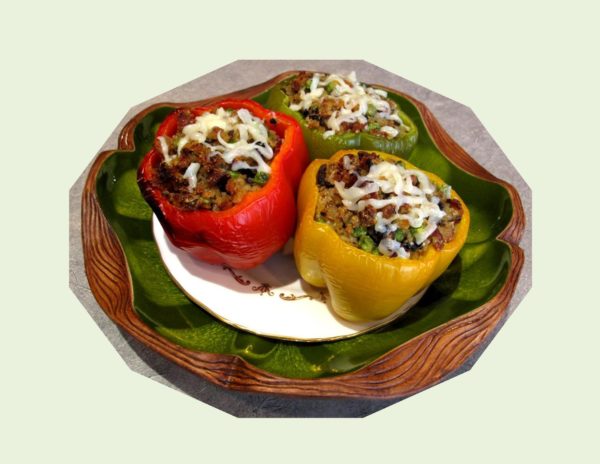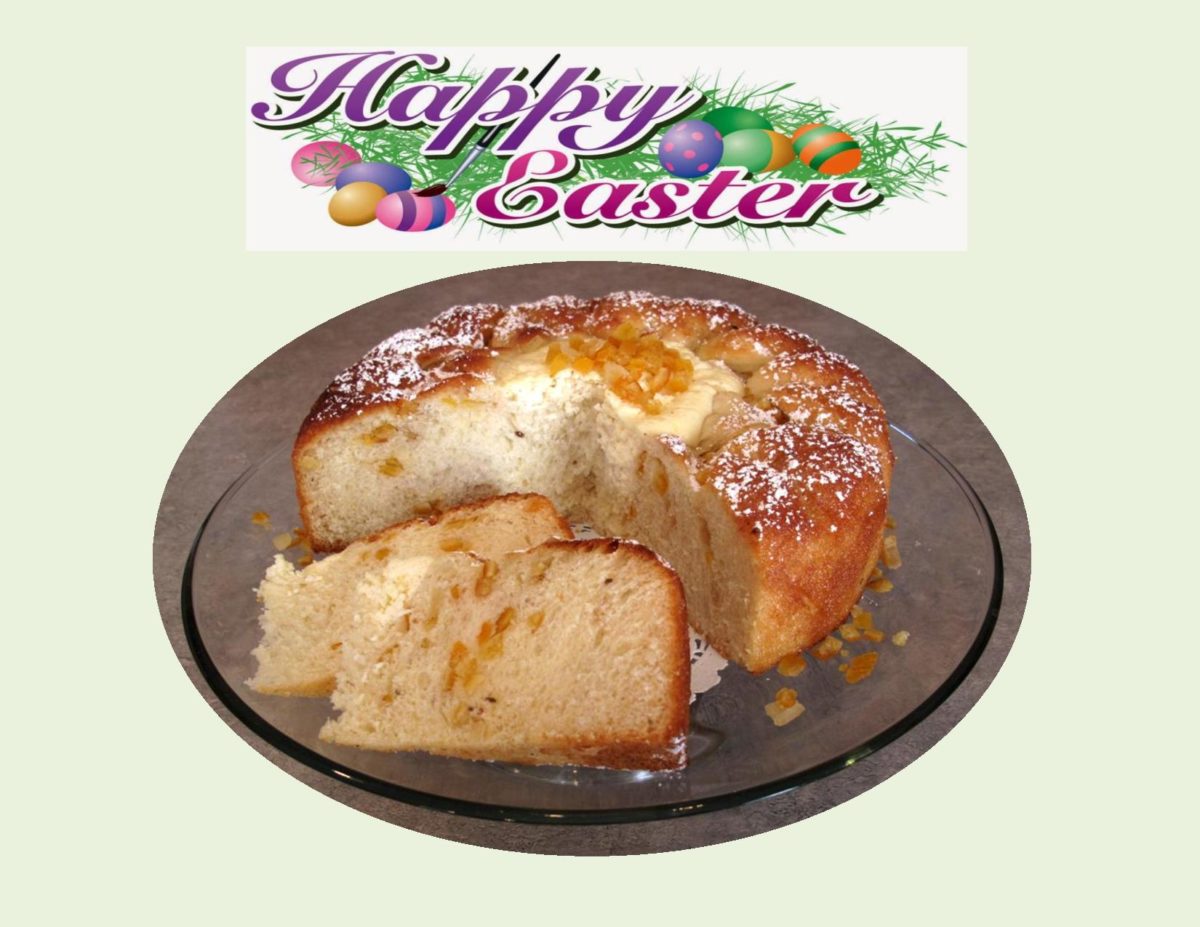Stuffed cabbage rolls are a unique blend of various flavors. The art of seasoning is about far more than adding a few grinds of salt and pepper. It’s more about sorting out the sweet, sour, savory and bitterness balance.
Food history tells us cabbage rolls have their roots in the ancient Middle East and spread to Eastern Europe as trade routes flourished with various ethnic groups migrating. Many countries lay claim to their origin, which accounts for the several interesting versions on the traditional recipe. For example:
Ukrainian holubtsi are typically vegetarian, filling pickled cabbage leaves with either buckwheat and wild mushrooms or a mixture of whole grains and root vegetables, braised in tomato juice or vegetable stock served with perogies.
Poland’s golabki, translating to ‘little pigeon feet'(named after the French dish that wrapped cabbage around cooked pigeon), stuffs the leaves with pork, beef, rice or barley, accompanied by sour cream and sweet paprika.
Romanian sarmale combines ground pork, caramelized onions and rice nested in a pickled sauerkraut leaf, then smothered in dill and tomato sauce. It is often topped with bacon or smoked sausage.
The Asian variation wraps Chinese cabbage around seafood blends, tofu and shiitake mushrooms.
Egyptian mahshi kromb are simmered in an aromatic tomato-based sauce with mint, cumin and other Middle Eastern herbs and spices.
Jewish holishkls are a combination of ground beef, rice and raisins enveloped in cabbage leaves and simmered in a sauce of brown sugar, lemon and tomatoes.
Today’s blog recipe gives you some of those same traditional flavors without the fuss of rolling the cabbage and meat. Brion and I really enjoy this particular version. Of course, it’s a given that most recipes will always need tweaking to account for the different cooking conditions and personal tastes.

| Servings |
|
- 5 large (300 gm) cabbage leaves, steamed
- 500 grams extra lean, ground beef
- 2 cups cooked brown or white rice
- 1 clove garlic, minced
- 1 egg
- 1/4 cup fine breadcrumbs
- 1 tsp salt
- 1/4 tsp pepper
- 6 Tbsp fresh parsley, chopped DIVIDED
- 1 tsp oil
- 1 onion, chopped
- 1 clove garlic, finely chopped
- 1/4 cup brown sugar
- 2 Tbsp lemon juice
- 796 ml plum tomatoes, with juice
- 1/2 cup pineapple juice
- 1/2 tsp salt
- 1/4 tsp pepper
Ingredients
|

|
- Remove 5 large leaves from a head of cabbage; steam until tender. When cool enough to handle, roll up & cut into 1/2" slices; set aside.
- In a large bowl, combine beef, cooked rice, minced garlic, egg, breadcrumbs, salt, pepper & 2 Tbsp parsley.
- In a large saucepan, heat oil. Cook onion & chopped garlic for a couple of minutes until fragrant but not brown.
- Add sugar, lemon juice, tomatoes & pineapple juice; bring to a boil. Add 2 Tbsp parsley & cook for 15 minutes, breaking up tomatoes with spoon. Season with salt & pepper.
- Preheat oven to 350 F. Line a 2 L casserole with 1/3 of the cabbage slices. Spread with half of the meat mixture & 1/3 of the sauce. Repeat with cabbage, meat & sauce. Top with remaining cabbage & sauce.
- Bake for about 1 1/2 hours until a meat thermometer reads at least 160 F. Sprinkle with remaining 2 Tbsp parsley & allow to rest for 10 minutes before serving.





